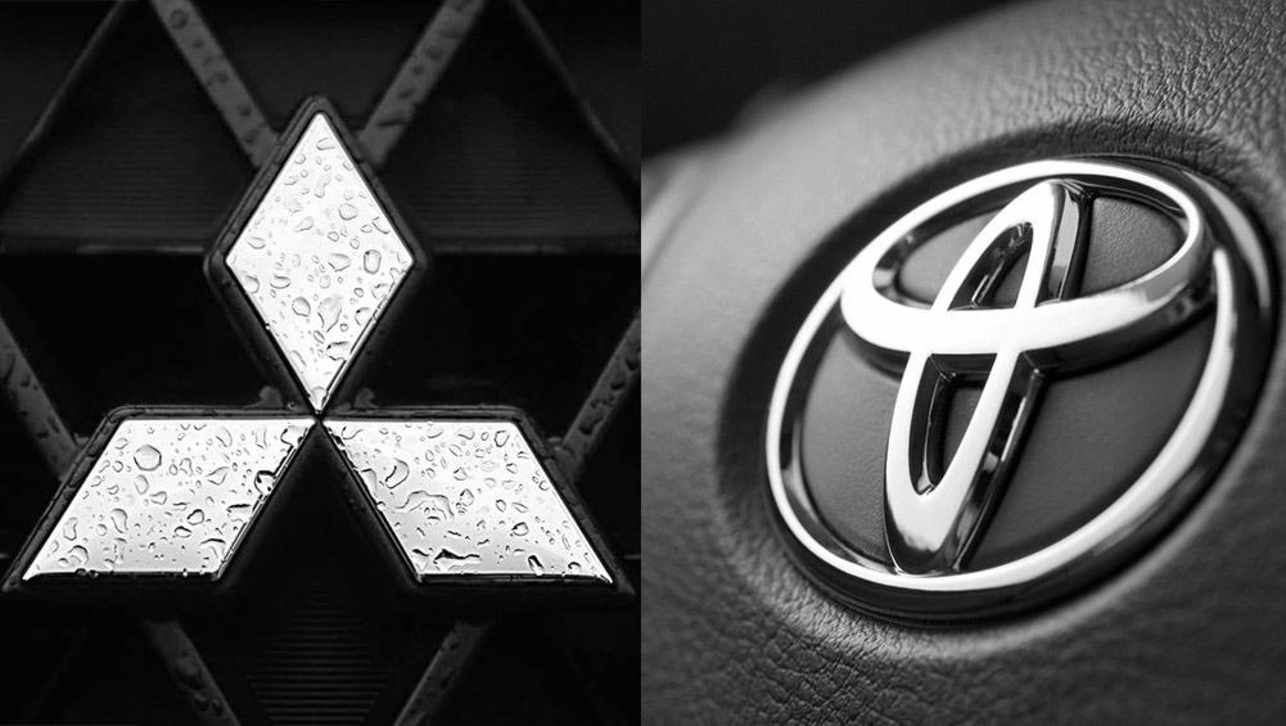While many others are talking about mass-market hybrids, the Prius hatch pioneered volume production more than 10 years ago.
More than a million have been sold, including 12,000 in Australia. Now the third-generation Prius is just months away, to be joined early next year by the locally built Camry hybrid.
Toyota showcases both cars at Melbourne, as well as the 1/X concept car, which provides a glimpse of the future.
About the same size as the Prius, it is 430kg lighter than its predecessor. It has lightweight materials and a 500cc plug-in hybrid engine.
These three will be joined by a purpose-built Camry hybrid concept car created by Toyota Australia chief designer Paul Beranger.
Beranger’s team has taken a production hybrid Camry and enhanced the car’s on-road presence. The idea is to showcase Toyota’s hybrid story today, but show off tomorrow’s generation of new cars.
The third-generation Prius gets a 1.8-litre four-cylinder engine mated to Toyota’s Hybrid Synergy Drive system. Fuel economy has improved 9 per cent over the existing model’s 4.4 litres/100km rating.
The 73kW/142Nm 1.8-litre engine is the first Toyota engine that has no belts under the bonnet. This innovation in turn leads to better fuel economy and lower maintenance costs.
The Prius has three driving modes, an all-elective mode that works for up to 2km, power mode for sportier response, and eco mode, which delivers better fuel economy.
In terms of appearance, the car has evolved from the previous model’s classic aerodynamic shape. The overall height is the same, but the roof profile has been moved back 99mm to emphasise the car’s distinctive wedge shape.
The new Prius shares the same wheelbase as the current car but it has grown by 15mm in length. One of the car’s neatest features is a glass sunroof packed with solar panels that power a new ventilation system.
The solar-powered ventilation system does not need engine power to operate. Using solar power, the interior can be cooled, even remotely, before the driver returns to the car.
The 2009 Melbourne International Motor Show...


.jpg)


.jpg)








.jpg)
.jpg)
.jpg)
.jpg)

.jpg)










Comments